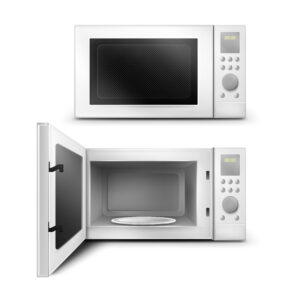Laser marking technology has made great strides in recent years. It is now a more economical and efficient way to permanently mark parts and products with important information. If you are considering using laser marking technology in your business, keep reading to learn more.
Benefits of laser marking
The advancements in technology have given us the tools to do a lot of things. The development in laser marking is especially useful because it can be used for multiple purposes and does not need any special utensils or equipment to use. In fact, thanks to its portability, flexibility, and ease of use, many people are opting for laser marking methods over other types of writing utensils. Apart from being an effective idea for business places, it is also very helpful in everyday life as adding several texts to mark and make comments on any product can be made.
Furthermore, laser marking is precise and accurate, making it the perfect choice for critical applications. Laser markings are highly visible and easy to read, even under difficult conditions. Also, the labels made using laser marking technology last a long time and withstand wear and tear better than traditional markings. It enables you to mark anything with precision and accuracy while making sure that the writing stays permanent.
How does it work
The laser bonding process uses a laser machine with laser bonding ink to leave a permanent mark. Laser marking additive is applied on the required surface initially and later the laser beam produces heat on the surface of the substrate and causes a covalent bonding between the applied laser marking adhesive and surface. In general, lasers are involved only in the etching process rather than actually transferring any color onto the object being marked.
Types of materials that can be marked with a laser
The laser marking process allows for a wide range of materials to be bonded with small details. The materials that can be bonded include glass, metal, stone, and plastic among others.
When engineers, designers, and architects are presented with a design dilemma that requires precise dimensions or clear graphics to communicate design elements, the first step is to consider what materials will be used to construct the item. Then they must decide which of these material types can accept laser-marking techniques so they can be appropriately marked for identification.
Although there are several different ways an object’s surface can be modified without changing the structure itself, the most common choice by far is laser marking. Laser marking uses focused light at specific wavelengths to heat up areas on the surface of a material that leaves a permanent mark. This allows bonded images and text to appear sharply defined, making them easy for humans to understand.
Applications for the use of lasers in different industries
Laser marking can be used in various applications as mentioned earlier.
The primary and most well-known application of laser marking technology is in the medical field. Different equipment used for surgeries, laser hair removal, and other medical therapies are marked with laserbond100. The reason for using laser marking is that the mark remains permanent regardless of sterilization of the products.
In the electronic industry, they are used to make printed circuit boards (PCBs) or produce identification marks or logos of the manufacturing companies. The aerospace and automotive industry also uses laser systems in different machines such as engines, turbines, and rockets for a similar purpose.
In a nutshell, the laser marking technique can be used in any industry you can name. It has numerous benefits that make it applicable to these industries. The marking additives like laserbond100 are easily available on www.laserbondingtech.com.



More Stories
Tutorial: How to Speed Up Your Internet
How to Outsource App Development in 2022-23?
Digital Marketing Agency Help Small Businesses Grow in 2023?